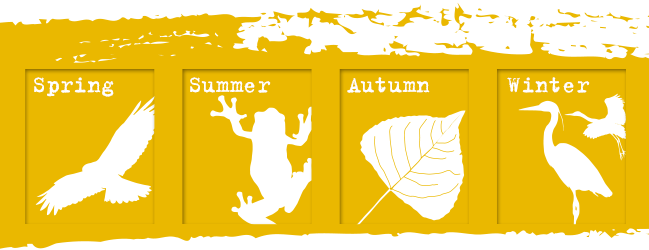Special Protection Area of Viadana, Portiolo, San Benedetto Po, Ostiglia
“Main embankments, sandy areas, oxbow lakes, flood plains and woods: the tale of the Po river”
The “Viadana, Portiolo, San Benedetto Po, Ostiglia” Special Protection Area is divided into four large areas – of which only a portion falls within the Oltrepò – and belongs to the Natura 2000 European ecological network.
At over 7,000 hectares it is the largest wilderness area in the Mantuan Oltrepò Parks System and contains all the natural (flowing water, sandy areas, oxbow lakes, “bugni”, riparian woodlands) and man-made features (poplar woods, plantations, sand and clay pits, flood defences, river docks , settlements, and civil and industrial infrastructure) typical of the lower course of the Po which, with its flood plains,represents the largest natural area in the Mantua area and the Po Plain in general.
The richness of wildlife in the Special Protection Area (SPA) is therefore not surprising, above all as regards birdlife (over 200 species), including the black kite, the osprey, the harrier, the bee- eater, the little ringed plover, the common tern, the little tern, the woodcock and the golden oriole. As far as the mammals go, besidesthe hedgehog, the hare, the weasel and the numerous species of small rodents, you can find badgers and roe deer; the amphibians and reptiles include the smooth and crested newt, the green frog, the tree frog, and the common and European green toad, as well as the green lizard, the coluber and the grass snake. Finally, the fish include the increasingly rare sturgeon, the grey mullet, the eel, the twait shad, the carp and the wels catfish (a species from the Danube which can exceed 2 metres in length and which is creating no shortage of problems for the local ichthyofauna). The areas near the river offer evocative views and can be reached, compatibly with the water levels at the time, through an extensive network of (mainly dirt) service roads. These also include some sections of tow path: roads alongside the banks once used to tow boats and ferries against the current.
Access to motor vehicles is permitted only where indicated by specific signage. The four sections of the SPA are connected together by the Eurovelo EV8 paths and the Province of Mantua cycle routes 2d and 2s, and to the wilderness areas of the Mantuan Oltrepò Parks System by the Parks Cycle Route.
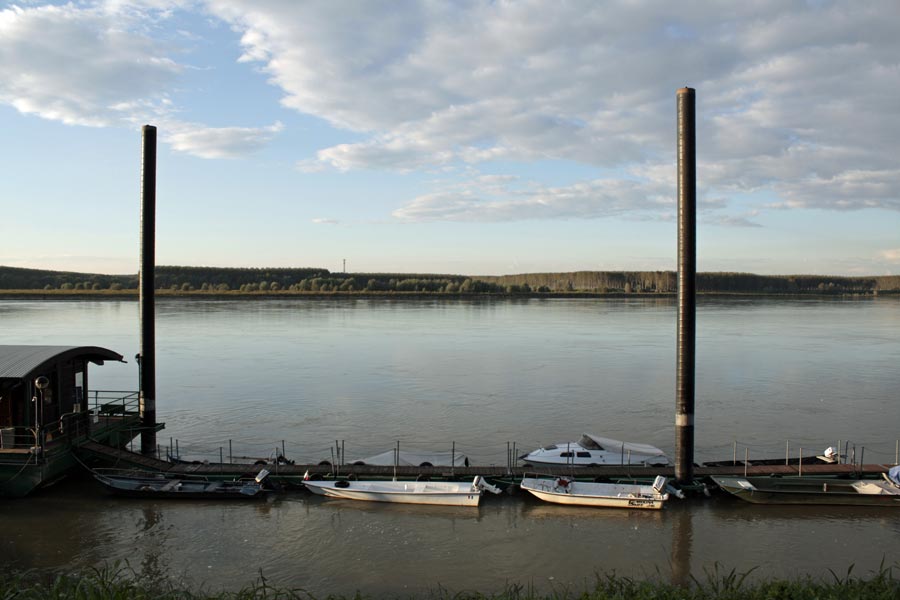
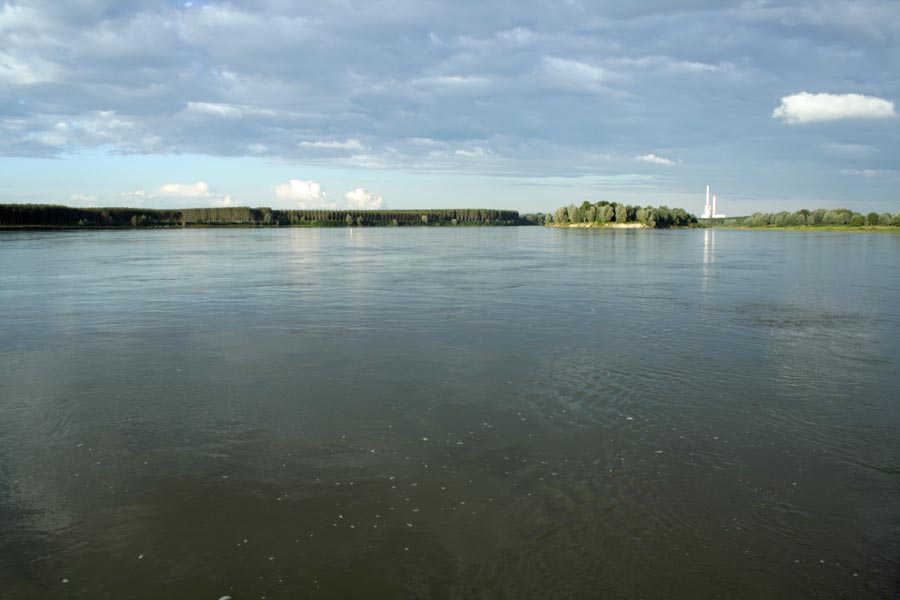
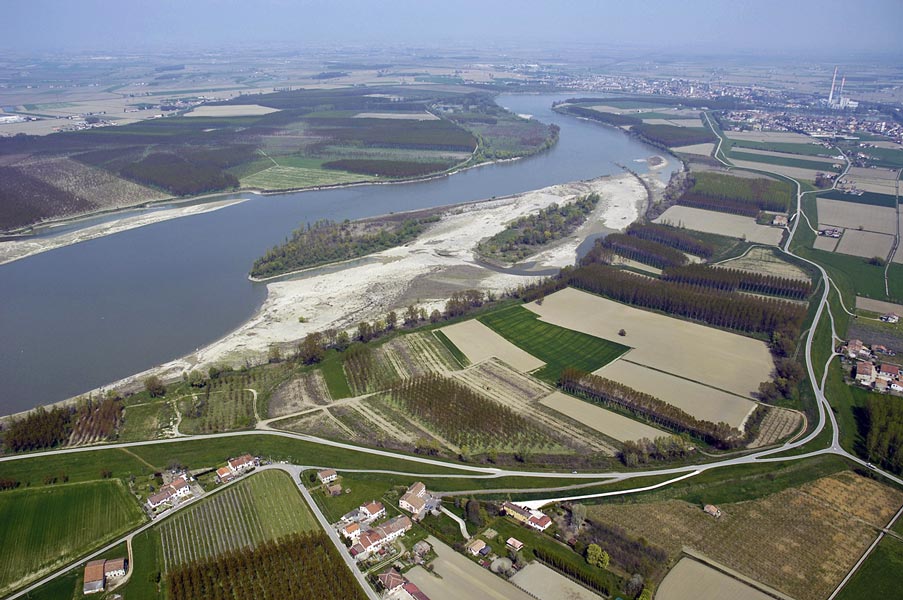
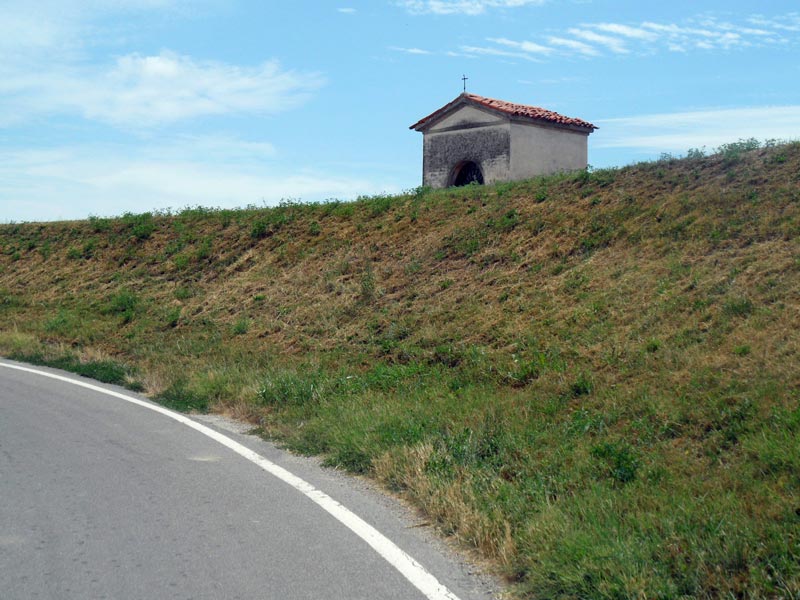
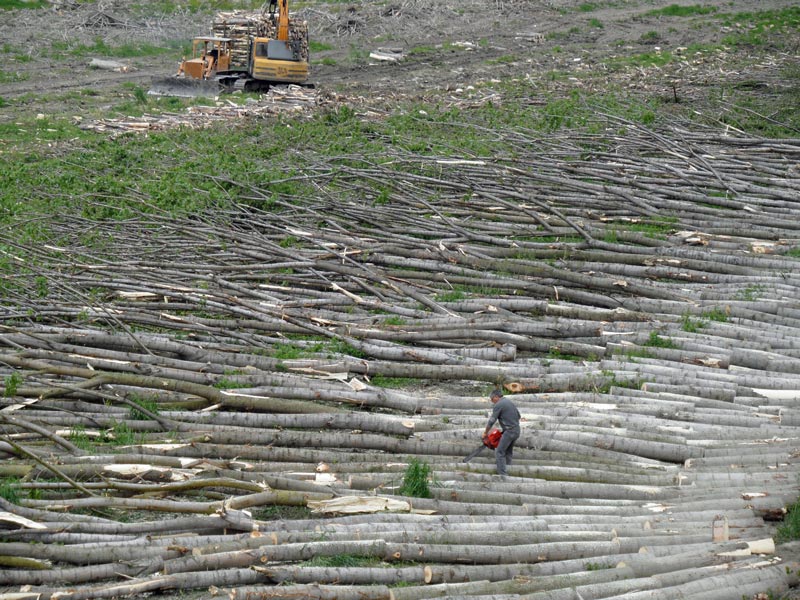
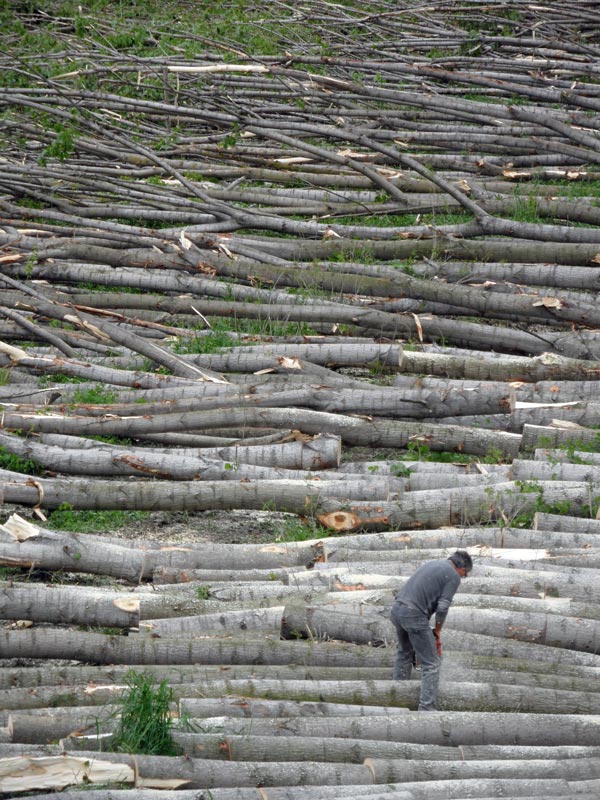
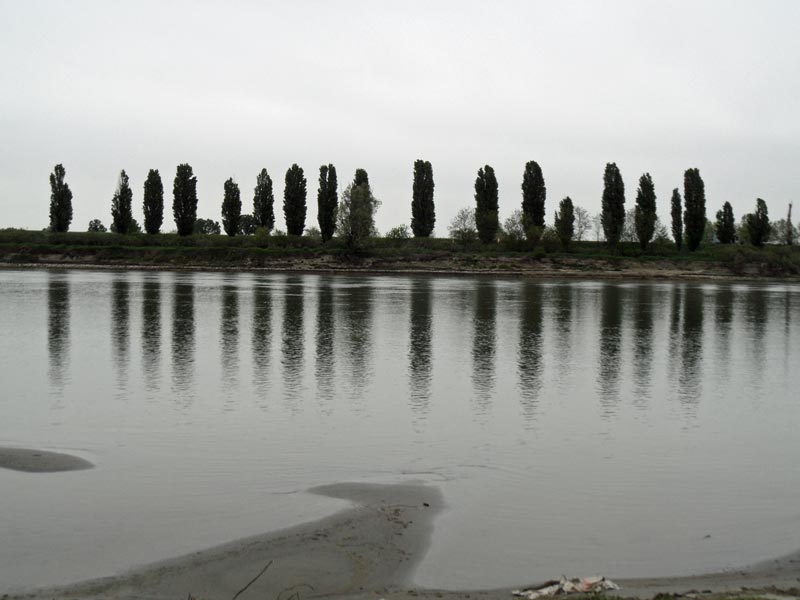
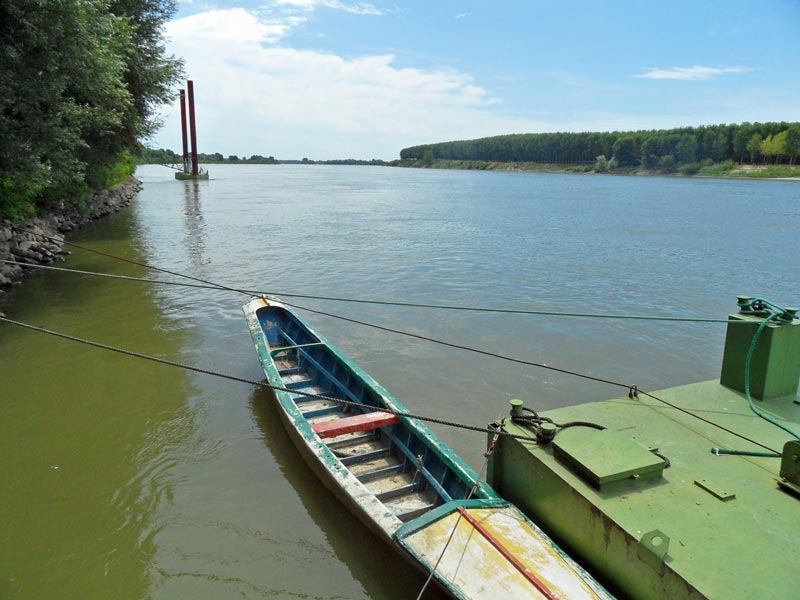
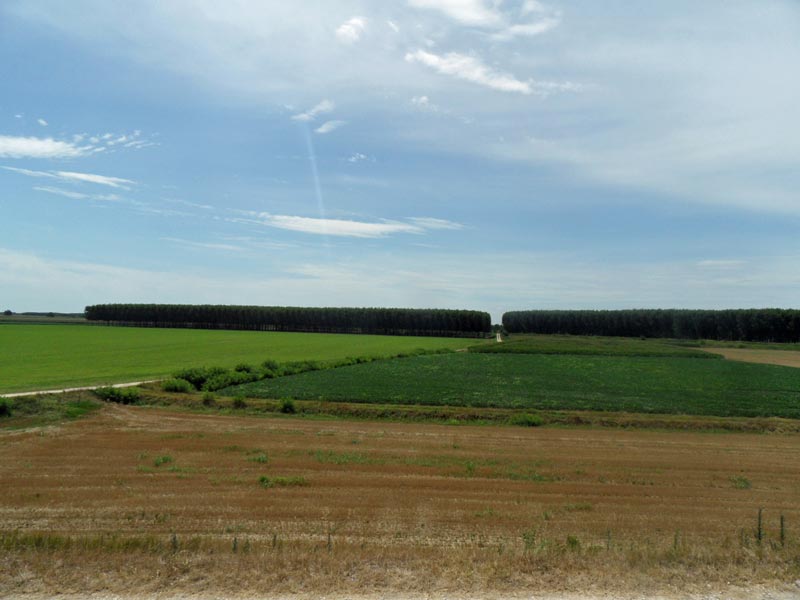
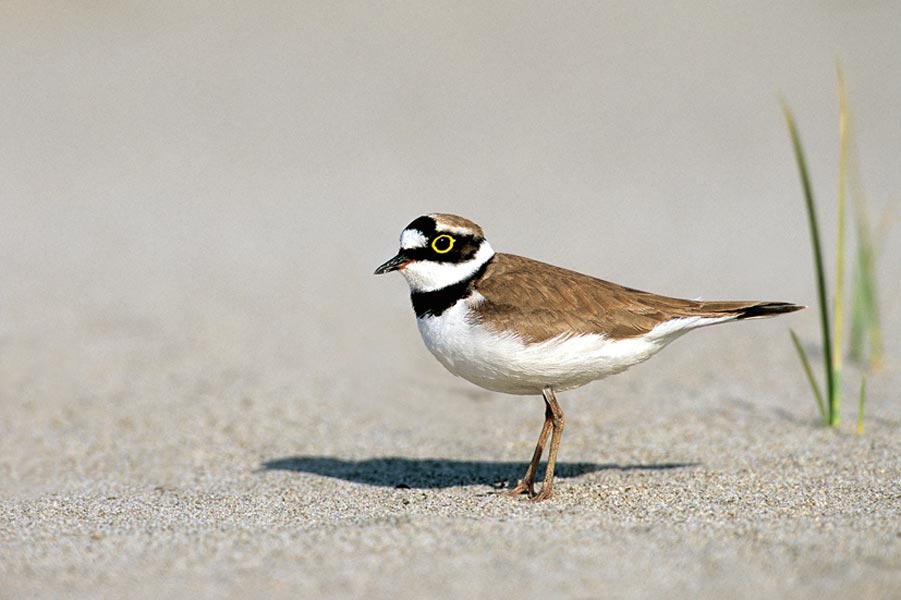
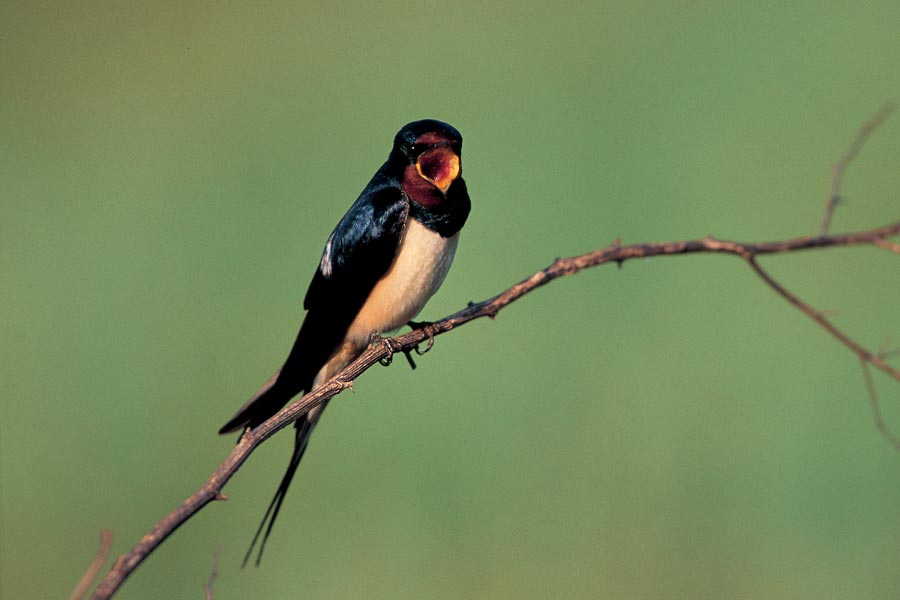
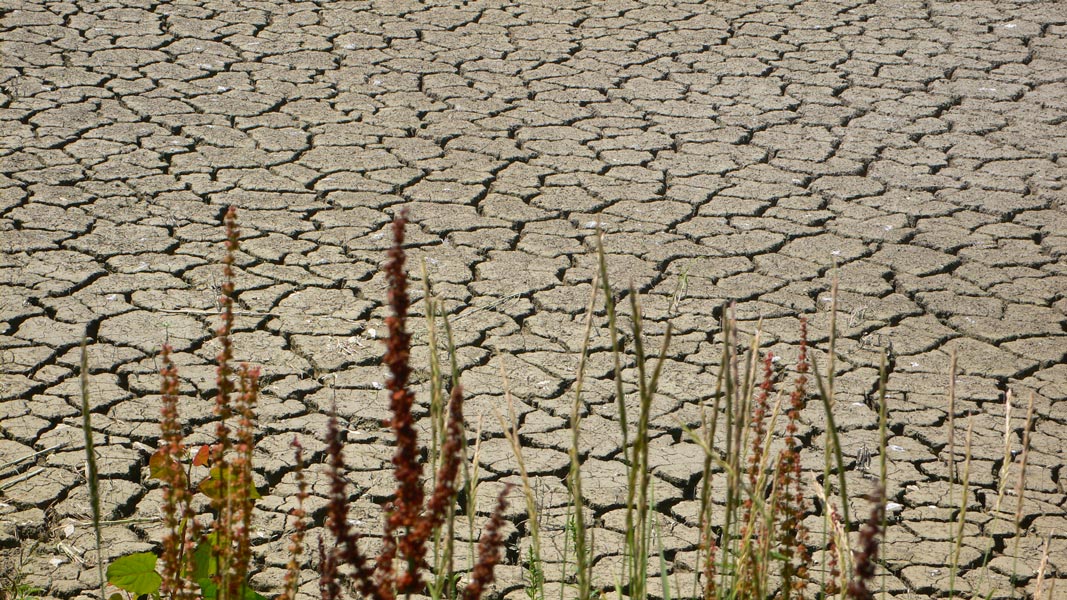
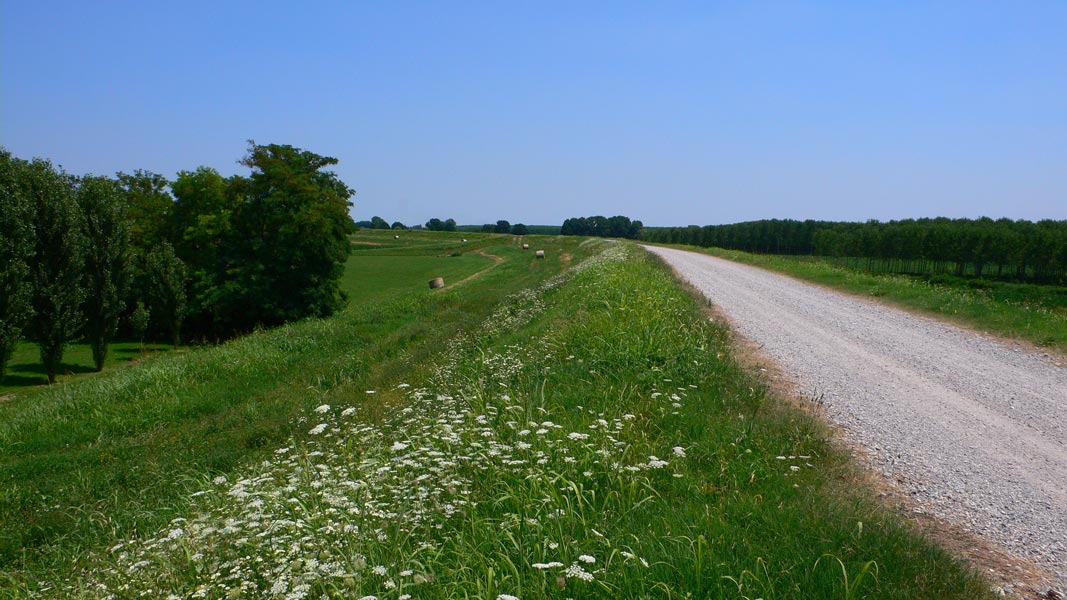
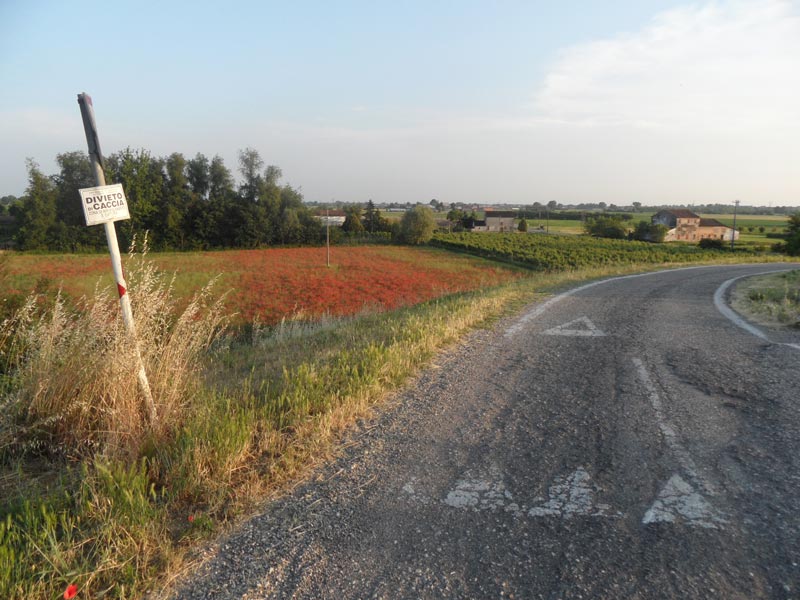
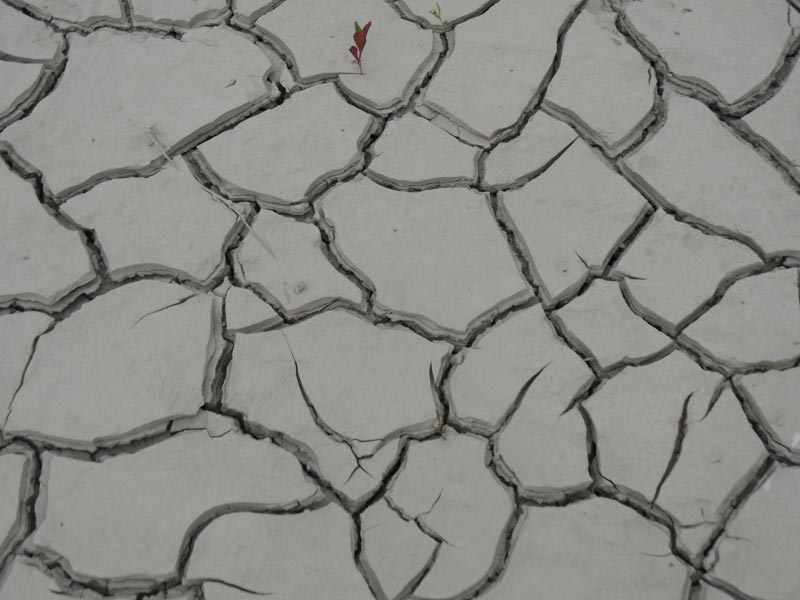
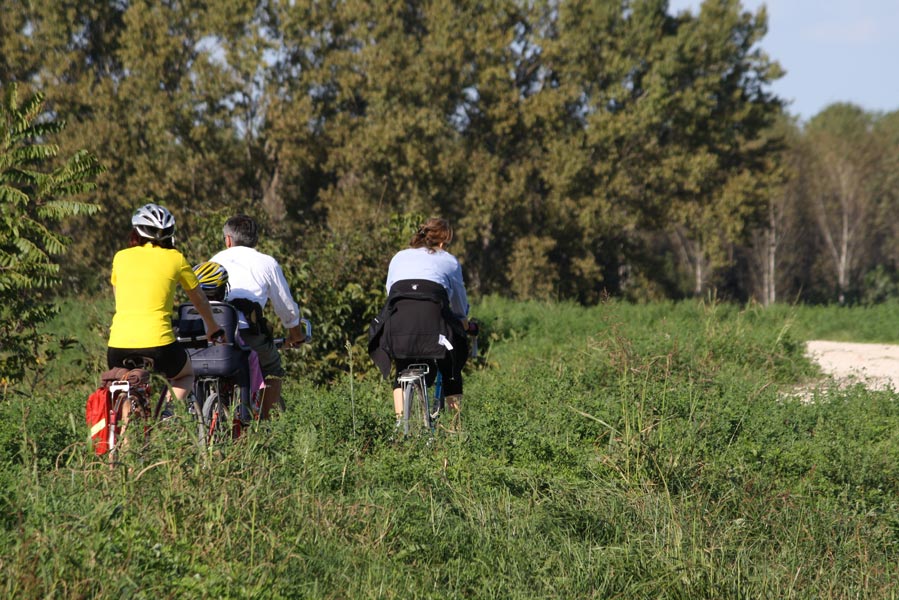

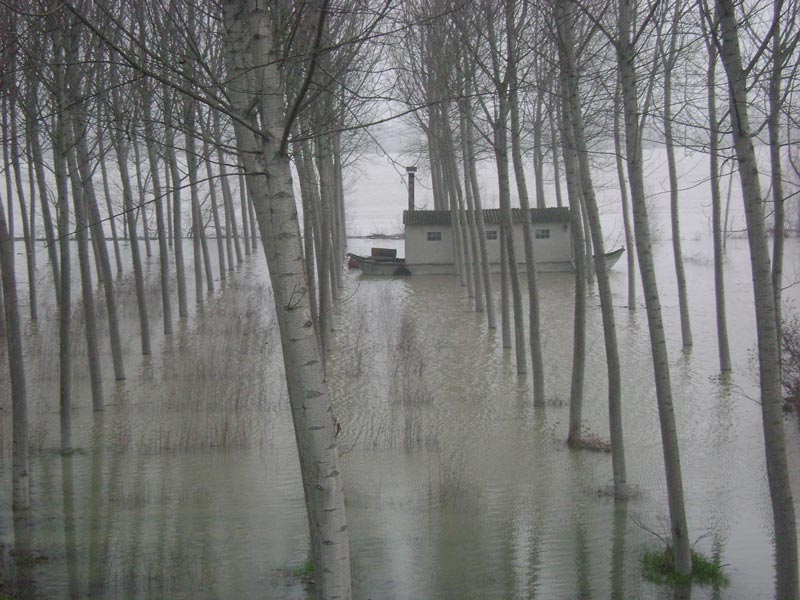
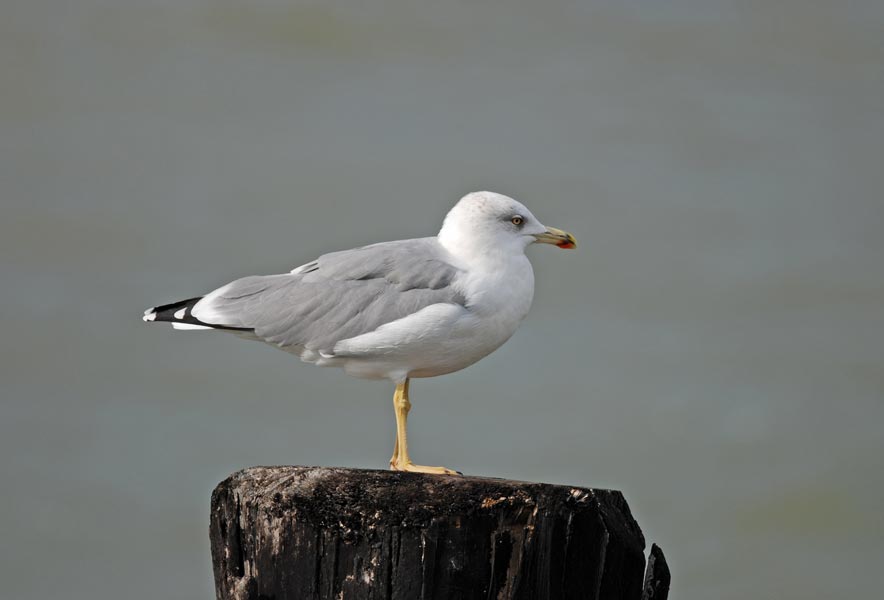
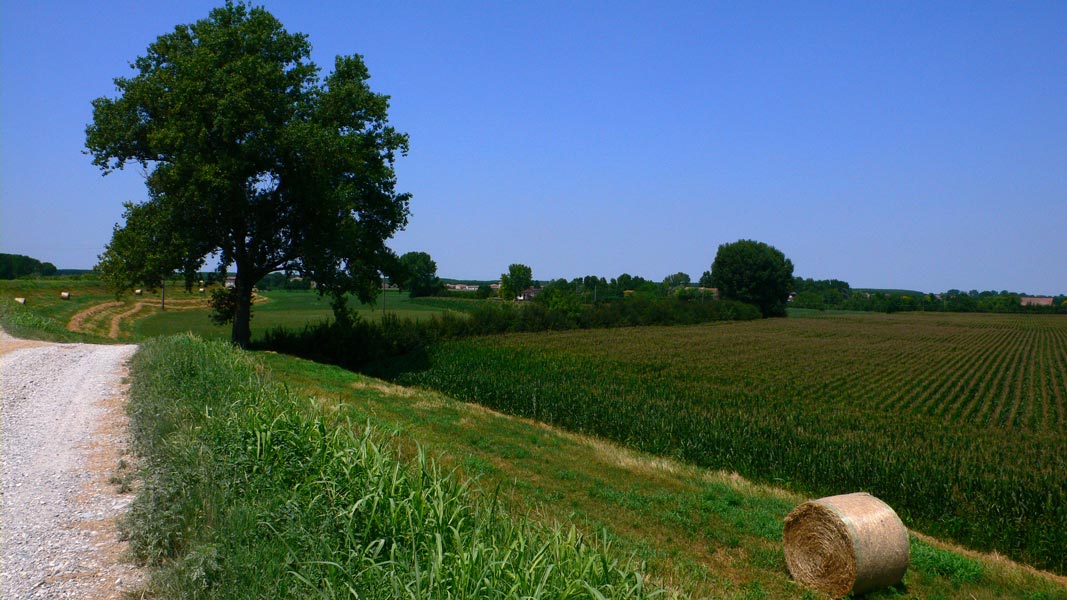
Information
Managing institution: Province of Mantua
Established in: 2005
Area: 7,055 hectares
Protection status: Special Protection Area of Viadana, Portiolo, San Benedetto Po, Ostiglia
Province of Mantua – Environmental Section T +39 0376 401402
Web site: www.sipom.eu
E-mail: natura@provincia.mantova.it
Special Protection Area of Viadana, Portiolo, San Benedetto Po, Ostiglia
You can enjoy the following surprising experiences in the SPA:
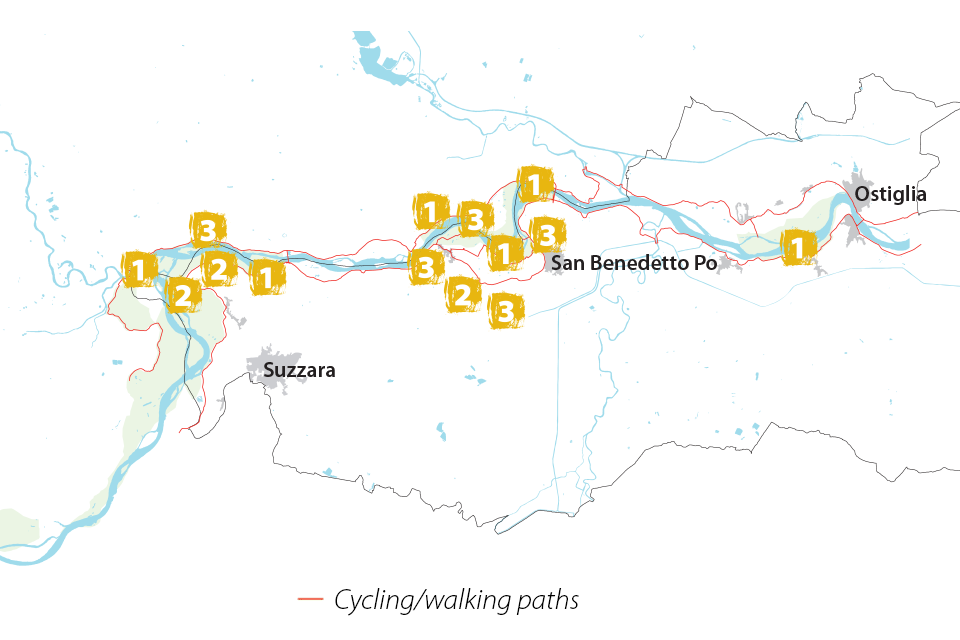
- Live and breathe the nature of the river.
- Discover the flood plain landscapes.
- Admire the nature of the Po Plain’s most extraordinary ecosystem.
What happens in the park through the seasons?
SPRING
- The river is swollen and its waters submerge the flood plains
- In the water pools the amphibious bistort becomes a water-plant
- New leaves start growing on the trees and “fluffy seeds” start snowing down from the poplars
- The embankments become covered in blossoms
- The wood resonates with the song of the great tit, the blackcap and the golden oriole, the hammering of the red woodpecker and the “laughing” call of the green woodpecker
- Amphibians, reptiles and small mammals become active again
SUMMER
- The river is low and sandy areas reappear.
- The water pools dry up and the amphibious bistort becomes a dry-land plant
- The fluted call of the bee-eater can be heard and Montagu’s harrier glides in the sky
- The wood is alive with the song of the great tit, the blackcap and the golden oriole, the hammering of the red woodpecker and the “laughing” call of the green woodpecker
- Flocks of seagulls, cormorants and swallows fly overhead
AUTUMN
- The swollen river submerges the flood plains
- The trees lose their leaves
- Flocks of migrating wild ducks arrive
- Amphibians, reptiles and small mammals retreat to sheltered spots where they will spend the winter
WINTER
- The river is low and sandy areas appear
- The wild chicory growing on the embankments is ready for picking
- Flocks of wild ducks swim in the oxbow lakes
- Seagulls and cormorants rest on the sandy areas
- Hundreds of bramblings and chaffinches fly around in the clearings in search of food
- The melancholy croaking of crows can be heard in the distance
